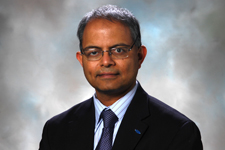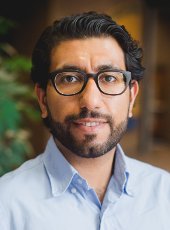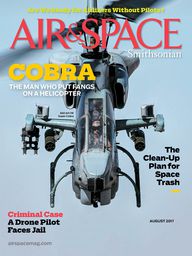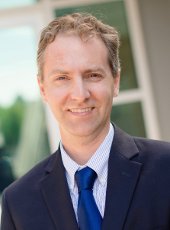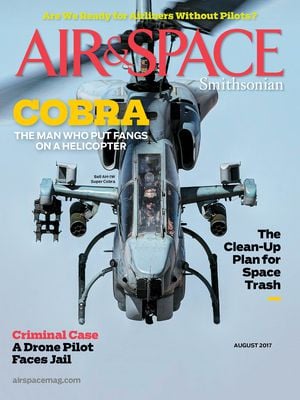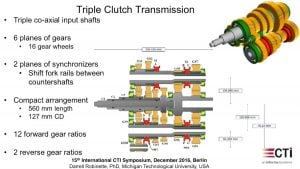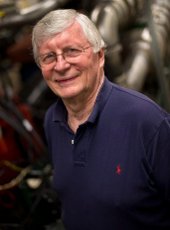
Andrew Barnard (MEEM/MuSTI) is the principal investigator on a project that has received a $50,000 grant from the National Science Foundation.
The project is titled “I-Corps: Carbon Nanotube Coaxial Noise Control.” This is a six-month project.
By Sponsored Programs.
Abstract
The broader impact/commercial potential of this I-Corps project is to make quiet products and systems that have pipe and duct sound transmission. Systems like automobile exhausts and intakes, building heating and ventilation systems, and fluid flow piping all transmit sound from power generating equipment to human receivers. In order to reduce the amount of noise to which people are exposed, passive and active noise control systems are incorporated in pipe and duct systems. These systems are currently large, heavy and inefficient. The application of a compact and lightweight coaxial active noise control system has potential implications on many industries where size of noise control elements constrain design. More importantly, the reduction of noise in the environment has potential health and wellness benefits for all members of society through environmental stress reduction. Reducing noise emitted from mechanical pipe and duct systems is an important step in reducing overall environmental noise exposure.
